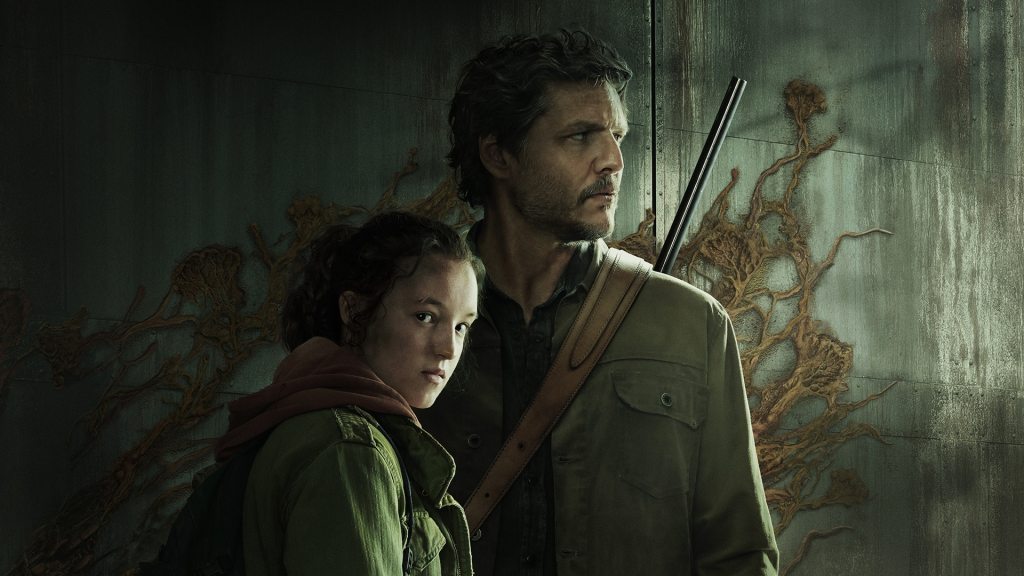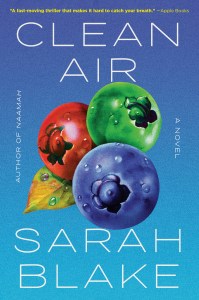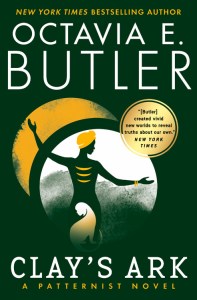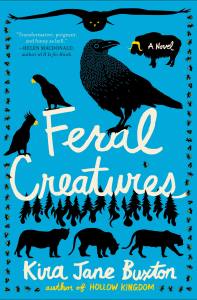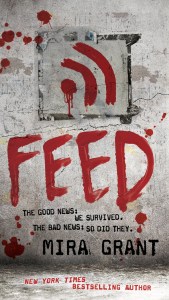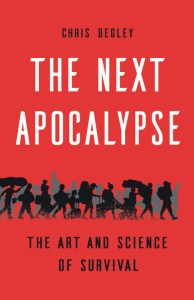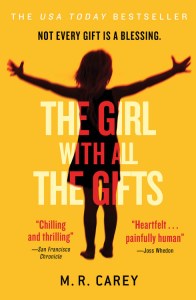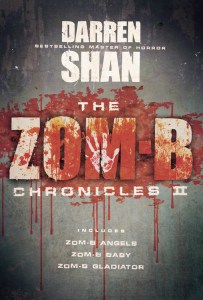Books to Read if You’re Obsessed with The Last of Us
image courtesy of HBO
As the finale of The Last of Us approacheth, and if you’re like most of its viewers, you’re already prepping for what to watch and read next (See what I did there? Prepping?). Even though at the surface, it could be another popular series about a zombie apocalypse, there’s something about this HBO show that hits different, right?
The thing that interests me about zombie novels are not really the zombies. There are really three things that grab my attention even after zombie apocalypse inundation.
The most interesting aspect of people you love turning into cannibals with no volition of their own is, first, the psychology of that phenomenon. We saw that crisis happen with Henry and Sam in episode five. You never truly know how you’d react until it happens. That’s why, in the event of reanimated corpses, just go ahead and let me die because I can’t make a good decision under pressure, period.
Second most interesting is how the world reacts when civilization falls. We saw that happen with Bill and Frank in episode three, particularly when prepper Bill’s post-apocalyptic dreams became realized and he builds an entire sustainable compound around his mother’s house (that episode, to me, is far and away the best writing in the series because the apocalypse is the catalyst… but it’s not the story itself).
Third most interesting is the answer to the question, “How did we get here?”. Basically, the origin story of the pandemic. I thought I was burnt out on zombies, what with all the early aughts trends, not to mention surviving a real-life pandemic of our own, but these ghouls, these Infected, show a different mechanism from the very opening credits of episode one: it’s a fungus. In episode two, we even get to see how it spreads. Learning the boundaries of the zombie conceit is one of the most interesting aspects of the genre. Think about it: these Infected are a totally different beast (literally) than the ones from Train to Busan or even The Walking Dead. I mean, the ones from The Last of Us have a whole underground communications system.
The books in this list check those boxes. Here’s a short list of what you might want to read after The Last of Us finale.
The climate apocalypse has come and gone, and in the end it wasn't the temperature climbing or the waters rising. It was the trees. They created enough pollen to render the air unbreathable, and the world became overgrown. In the decades since, humanity has rebuilt, and Izabel has grown used to the airtight domes that now contain her life. She tries hard to be satisfied with this safe, prosperous new world, but instead she just feels stuck. And then the tranquility of her town is shattered. Someone—a serial killer—starts slashing through the domes at night, exposing people to the deadly pollen. At the same time, her young daughter Cami begins sleep-talking, having whole conversations about the murders that she doesn't remember after she wakes. Izabel becomes fixated on the killer, on both tracking him down and understanding him. What could compel someone to take so many lives after years dedicated to sheer survival, with society finally flourishing again?
A powerful story of survival in unprecedented times, from the award-winning author of Parable of the Sower.
Once upon an apocalypse, there lived an obscenely handsome American crow named S.T. . . .
When the world last checked-in with its favorite Cheeto addict, the planet had been overrun by flesh-hungry beasts, and nature had started re-claiming her territory from humankind. S.T., the intrepid crow, alongside his bloodhound-bestie Dennis, had set about saving pets that had become trapped in their homes after humanity went the way of the dodo.
That is, dear reader, until S.T. stumbled upon something so rare—and so precious—that he vowed to do everything in his power to safeguard what could, quite literally, be humanity's last hope for survival. But in a wild world plagued by prejudiced animals, feather-raising environments, new threats so terrifying they make zombies look like baby bunnies, and a horrendous dearth of cheesy snacks, what's a crow to do?
Feed is a zombie novel, but it’s the kind that uses zombies to highlight other, systemic issues—focusing the most on Reason 2 of why zombies are interesting. In this young adult novel, Georgia and Shaun Mason hunt the conspiracy that led to the “infected.” I love a good origin story, especially when I get watch it unfold alongside the characters, like you do in this novel.
Pandemic, climate change, or war: our era is ripe with the odor of doomsday. In movies, books, and more, our imaginations run wild with visions of dreadful, abandoned cities and returning to the land in a desperate attempt at survival.
In The Next Apocalypse, archaeologist Chris Begley argues that we completely misunderstand how disaster works. Examining past collapses of civilizations, such as the Maya and Rome, he argues that these breakdowns are actually less about cataclysmic destruction than they are about long processes of change. In short: it’s what happens after the initial uproar that matters. Some people abandon their homes and neighbors; others band together to start anew. As we anticipate our own fate, Begley tells us that it was communities, not lone heroes, who survived past apocalypses—and who will survive the next.
In the ruins of civilization, a young girl’s kindness and capacity for love will either save humanity — or wipe it out in this USA Today bestselling thriller Joss Whedon calls “heartfelt, remorseless, and painfully human.”
Melanie is a very special girl. Dr Caldwell calls her “our little genius.”
Every morning, Melanie waits in her cell to be collected for class. When they come for her, Sergeant keeps his gun pointed at her while two of his people strap her into the wheelchair. She thinks they don’t like her. She jokes that she won’t bite, but they don’t laugh.
This young adult series of 12 novels twists the “zombie” trope in a new direction. When B’s dad realizes the zombie outbreak in Ireland is a real concern, he writes it off among the other racisms he perpetuates. B falls into that mindset as well, a punk and a bully who needs an apocalypse to come to terms with the world around them.
Mary Kay McBrayer is the author of America’s First Female Serial Killer: Jane Toppan and the Making of a Monster. You can find her short works at Oxford American, Narratively, Mental Floss, and FANGORIA, among other publications. She co-hosts Everything Trying to Kill You, the comedy podcast that analyzes your favorite horror movies from the perspectives of women of color. Follow Mary Kay McBrayer on Instagram and Twitter, or check out her author site here.
